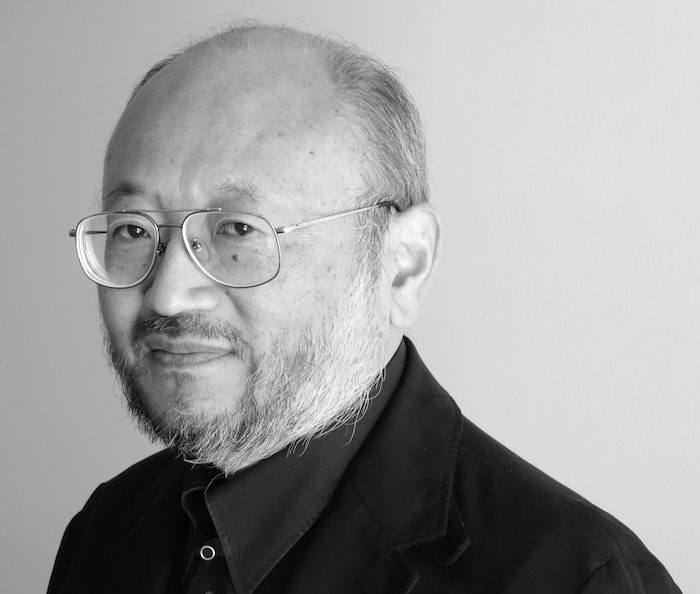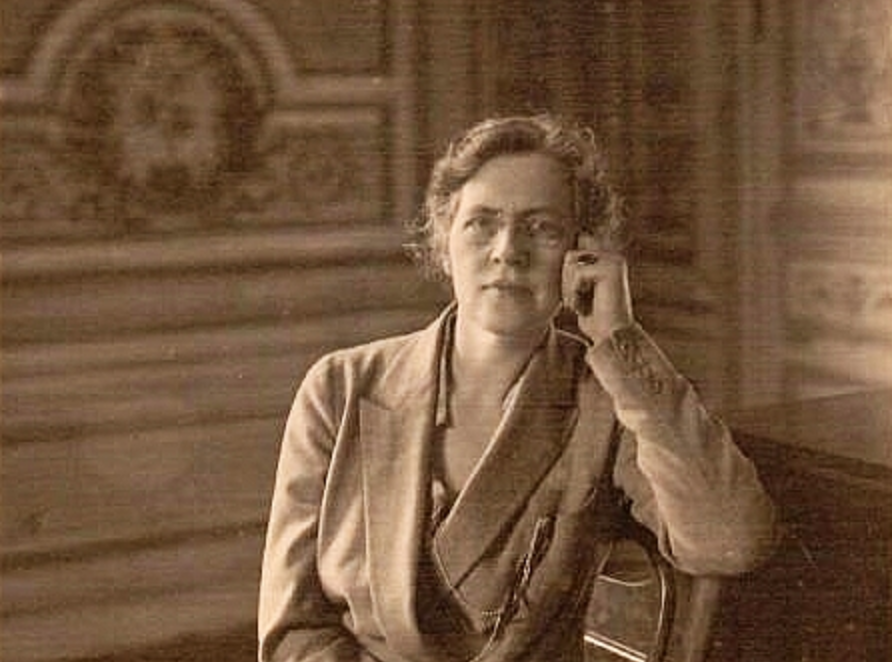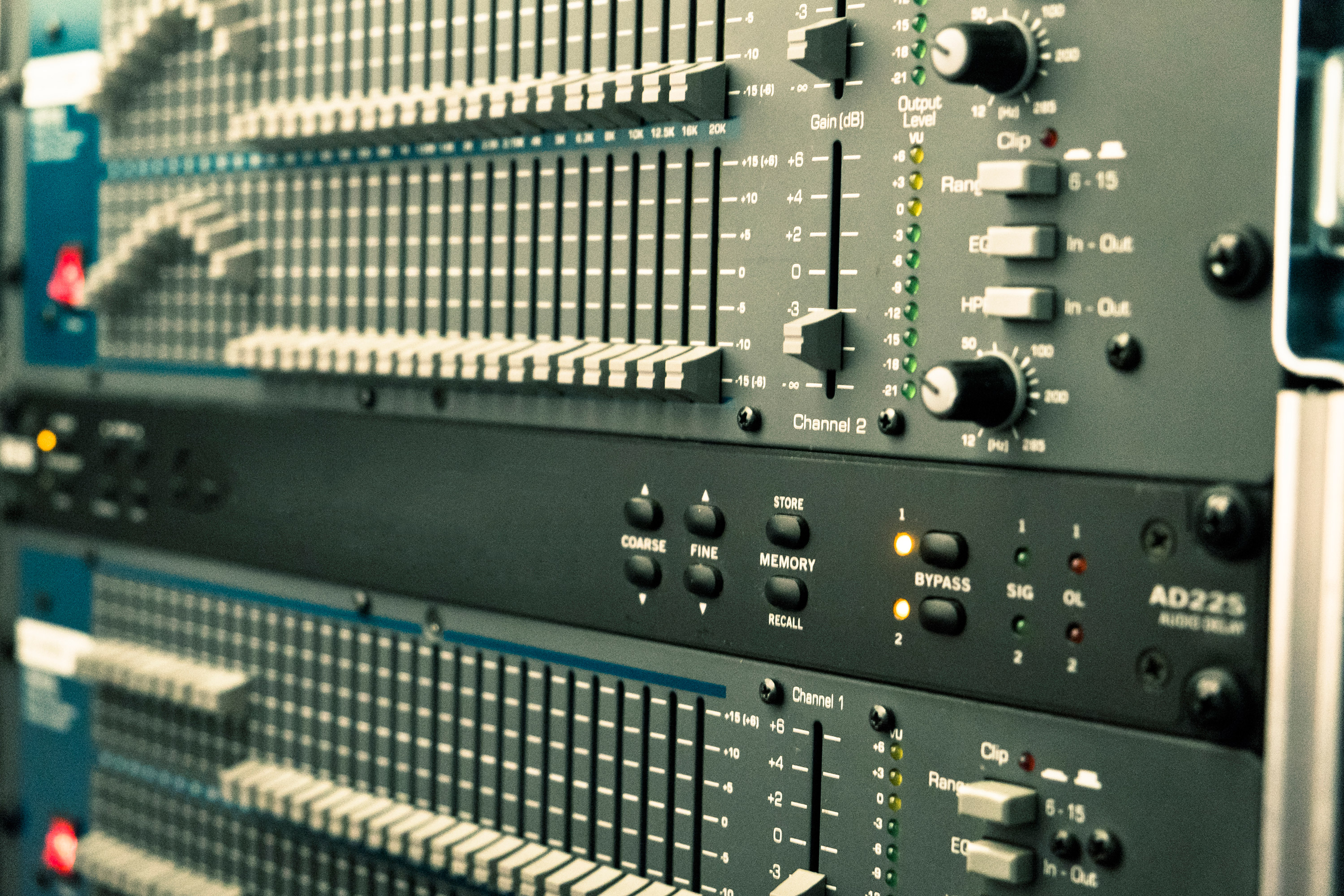Interview: Master Acoustician Yasuhisa Toyota
The acoustician for the Hamburg Elbphilharmonie, Walt Disney Concert Hall and many more discusses his sonic philosophies
Hundreds of thousands of people sitting in the world’s hallowed halls of classical music have experienced the work of Yasuhisa Toyota, even though he is neither a composer, conductor nor musician. Toyota, the US president of the Japanese consulting firm Nagata Acoustics, is a master acoustician, responsible for shaping the sound of famed venues such as the Walt Disney Concert Hall in Los Angeles, Tokyo’s Suntory Hall and the Philharmonie de Paris, as well as the recently opened Hamburg Elbphilharmonie and Pierre Boulez Saal in Berlin. Toyota’s contributions to these projects have made him a minor star in classical circles – unlikely but well-deserved recognition for an unassuming acoustician with nearly 40 years of expert knowledge on how space shapes sound.
Despite the relative complexity, Toyota’s work is a much more flexible process than might appear to an outside observer, based off his personal experiences and senses as much as the guidance that might be provided by computational acoustic modeling. His primary focus can be reduced to just two key elements – space and material – although he admits there is a staggering amount of options to consider and decisions to be made when you drill down into either area. Overall, he’s a consummate collaborator: For Toyota, the success of any one building is ultimately the result of his ears, the architect’s eyes and the collective interpretative force of a conductor and orchestra combining to make something greater than the sum of their parts.
Speaking to Aaron Gonsher at the Pierre Boulez Saal in Berlin, Toyota discussed the influence of his formal education, his methodology when standing in new spaces and the increasingly important balance of human and data-driven inputs when it comes to acoustics.

Where did you grow up in Japan?
I was born in the Hiroshima prefecture, but not in the city of Hiroshima – close to Okayama, the next prefecture, approximately 100 kilometers to the eastern side of Hiroshima. Then I went to an institute, Kyushu Institute of Design. [It had] four departments, all of them for design, and there was one department which I was interested in. That was acoustical design.
The other three departments were about design for visual things, like environmental design, industrial design and graphic design. Of course, I was interested in sound. But before that, I’d say [it was] music. I was playing some instruments in high school, even from junior high school age. Then I assumed that I didn’t have enough talent as a musician – it’s not easy to make your life with music, as you know. But still, I wanted to be close to those in the classical music field, and so the acoustical design which I am now doing was one of those options for me. The other option was, for instance, recording engineer for classical music. Or my friends went to electronic companies which produced audio systems, like Sony or Panasonic.
Was there a specific point where your interest in classical music became not just an interest in classical music, but an interest in how a space shapes classical music?
I really liked classical music, but I didn’t have any knowledge about those classical concert venues. After entering my institute, I noticed that the concert halls, or classical music venues, spaces, auditoriums, were very, very important, so it looked very attractive to me.
Acoustic optimization is something that is very specific to a space. How much creativity is there?
Speaking about acoustical design in concert halls, there will be two important issues. One is the room shape, and the other one is the material. Very simple. But each of them is not simple – [they’re] very complicated. Talking about the room shape, the number of options are tremendous. For instance, in the seating height and width and shape. And there is the material, but speaking about the material, we’re not talking only about the surface material but the structure behind that. Even with the same acoustic surface material, the thickness is important. The structure behind the panel is also not visible, but is also important to the sound. Think about the combination of the room shape and the material... Almost everything will be possible.
Speaking about room shape and material, these are also the issues which the architect is working with. Of course, it is very important for them visually, but they are important for us acoustically. We’re in different fields, but we are going to design with the same items. This is why we have to collaborate with them, work closely together.
The question is, “Can technology replace every part of those senses, or not?”
How has your role in that process changed from when you first joined Nagata Acoustics to now?
I think our role in the project has not changed, but our role is different if the program in the facility or the concert venue is different. For instance, in classical music, I meet people – especially musicians – that think acoustics are important. Then we have to be involved in the project from the very, very beginning... It should be designed very, very early. But if the program didn’t include classical music, but only pop music and rock & roll, then soundsystems, microphones and loudspeakers are more important than room acoustics itself. Hanging loudspeakers and placing microphones come much later after the design phase, so our role will be somewhat different.
Do you think the sort of institutional education you had is absolutely necessary for the work that you’re doing, or is it more about practice and repetiton?
I would say both. We learn those fundamental things, but when we are learning the mathematics and physics, we’re not sure how this knowledge is actually helping us. But when we started on actual design, then we understood that this is very, very important, although there are many, many things that we have to learn even after the start of our job.
Do you find yourself able to turn off that part of your brain now when you’re in a room, or everywhere you go do you think, “Oh, it sounds a little strange in here”?
I don’t have any switch here. [points to back of head and laughs]
I mean, is it difficult for you to enjoy a piece of music in a given room without thinking about the acoustic specifics of the space?
I enjoy concerts, but I’m not sure my way of enjoying concerts is biased because of my job or not. I’m not in the position to evaluate, “OK, this is part of my job or this is not part of my job.” I don’t know. But I don’t think that hearing music, especially classical music, is only a part of my job, without pleasure. I’m enjoying it, but maybe the way of enjoying is something that will be biased.
Of course, there is no perfect simulation system or algorithm.
With the technology that you have access to now, how do you think about your own role and your own ears, balancing what acoustic modeling provides in terms of mapping a space, whether it agrees or disagrees with your ears as a human being standing right there? I’m curious if that’s humbling at all, if it’s a nice challenge to integrate your own ears with that sort of technology.
It’s a difficult question. Of course, there is no perfect simulation system or algorithm. For an acoustical simulation, we’ve developed those programs and applications which should work on a computer by themselves. Of course, computer technology is magnificent, we can do many, many things... But the process of developing those programs is kind of cut-and-dried. It cannot be the “perfectly established program,” like a package: “Do everything with this and there are no improvements, nothing more is necessary, this works perfectly.” I don’t think this is the case, and so all the time we have to start with very primitive simulations and tools for the design, and then go, “OK, this is working, this is not working.” We have to improve or change it.
Is that a checklist that you go through for any given room?
No, not in that kind of established system. Of course, if there is something we have to change, we have to do it. But there is no checklist.
Does environmental sustainability factor into the material choices that you’ve settled on for given space?
I think that issue is usually discussed not by us acousticians but by architects. They’ll be more responsible in using or designing that kind of special thing. So I usually haven’t thought about the kind of products and the local products, which country and which area, that kind of thing.
But you are aware and thinking about the different acoustic properties of what materials might be used and potentially feeding back to them about that, or not at all?
Not material itself. For instance, in speaking about the acoustic specs, sometimes we use the mass of the material, not whether they are different materials. So whatever an architect wants to use, it’s okay as long as we can design the same shape. In the acoustic specifications we’ll be giving them the mass and the product area, and then the architect will be choosing the necessary thickness and in this way the mass is also important. But we’ll also need to know the shaping. If, for instance, the space will have much less flexibility in having this ornament or sculpture-like design. The issue’s not only about acoustics, but both the acoustics and the architecture.
Designing the hall is something like making or creating an instrument, like a violin.
When you’re testing spaces, are you using specific pieces of music?
It all depends on the musicians. The musicians will be bringing their own music, several pieces of music, and so there will be some discussion.
What do you think is a particularly acoustically beautiful natural environment that you’ve spent some time in?
It’s a very general question, and also very difficult to say. But it’s very easy to notice differences in terms of comfort, for instance. As long as the audience or myself are hearing music in a very comfortable way, then I would be very happy.
Sometimes a very, very soft sound in music would be necessary, but also a very loud sound. I think it’s a complicated issue to talk about, those issues as a discussion of or about acoustics, because many things are related to the music itself. So when we discuss the sound or acoustics, all the time we have to listen, and then we have to discuss the music and what kind of music you like or you don’t like or something like that. It’s not possible to be separated.
That goes back to what you were saying earlier of there needing to be actual music in the space, and you can’t just test a room via acoustic modeling.
Those are all part of scientific things, and I don’t think that kind of scientific approach can explain everything. Designing the hall is something like making or creating an instrument, like a violin. There is no rule. A master would be making that violin in his own theory – I don’t know what kind of theory he used, how it developed, what the process would be – but I don’t think they would use that kind of scientific engineering, testing technologies. I don’t think so.
But do you think that will change in the future? Do you already notice certain techniques that are falling out of fashion?
Things are going that way, in that direction. But I’m not sure, because the musical instrument is a part of music itself. It is deeply related with that part of our senses, right? So the question is, “Can technology replace every part of those senses, or not?” For instance, there are robots. Can robots do everything, or not? The direction is going that way... But there is still some gap.

